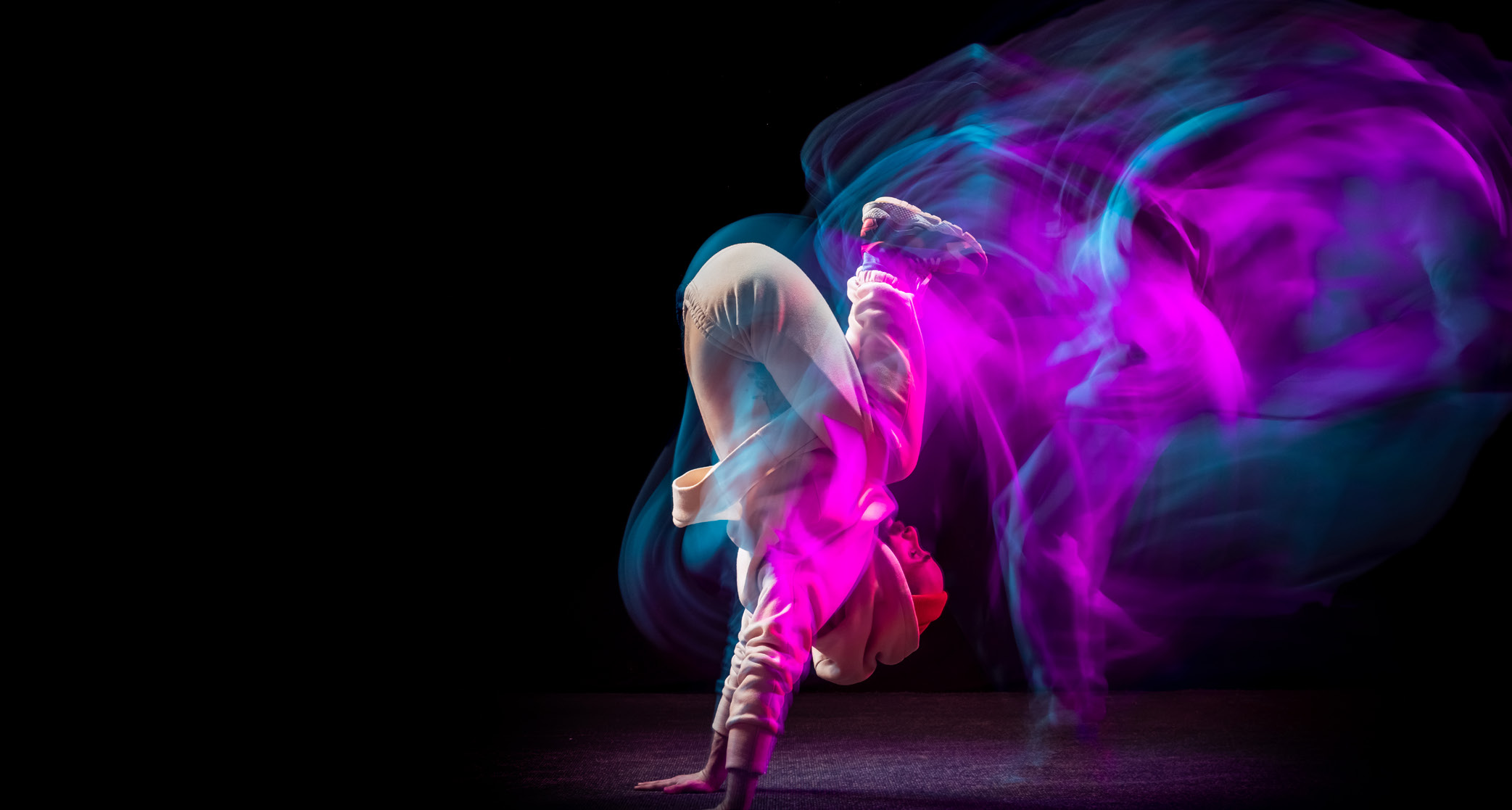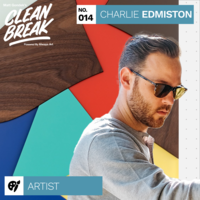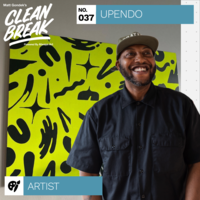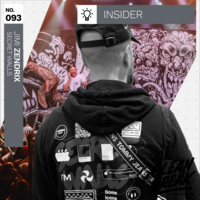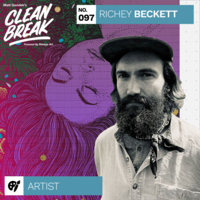Tools &
Techniques
- by Always Art Staff


There are endless tools and techniques available for artists, depending on their medium and style. Each artist will have their own preferences when it comes to creating art, but it’s important to learn about other methods and materials so you can enrich your practice and experiment in new realms.
Here are some examples of materials and tools you can use:

Drawing tools
Drawing is one of the most fundamental and foundational processes for artists, and it can employ various materials, including:
- Pencils (graphite or colored)
- Charcoal
- Ink
- Pen (fountain, ballpoint, felt tip, etc.)
- Pastels (chalk or oil)
- Markers
There are various types of paper suitable for each medium, including Bristol paper, drawing paper, tracing paper, charcoal paper, newsprint, and more. Pick a tool and a paper type that have the right texture for you and experiment with what you can achieve, whether you are aiming to produce a final outcome or simply play around with your process and sketches.
Example: Artist Robert Longo who draws massive portraits using graphite and charcoal, such as Men in the Cities.

Painting tools
Different types of paint can be used to produce different visual effects, and artists use paints, including:
- Watercolor
- Oil
- Acrylic
- Gouache
- Tempera
When you incorporate paint, you can also begin to play with tools and surfaces, using paper, canvas, or board to paint on, and bringing in brushes of various shapes, textures, and sizes, as well as palette knives, and mediums like matte or gloss medium that can manipulate the texture and appearance of acrylic paint to make it shiny, thick, textured, etc.
Example: The paintings of Lucian Freud, like his famous self-portraits, which are full of texture.
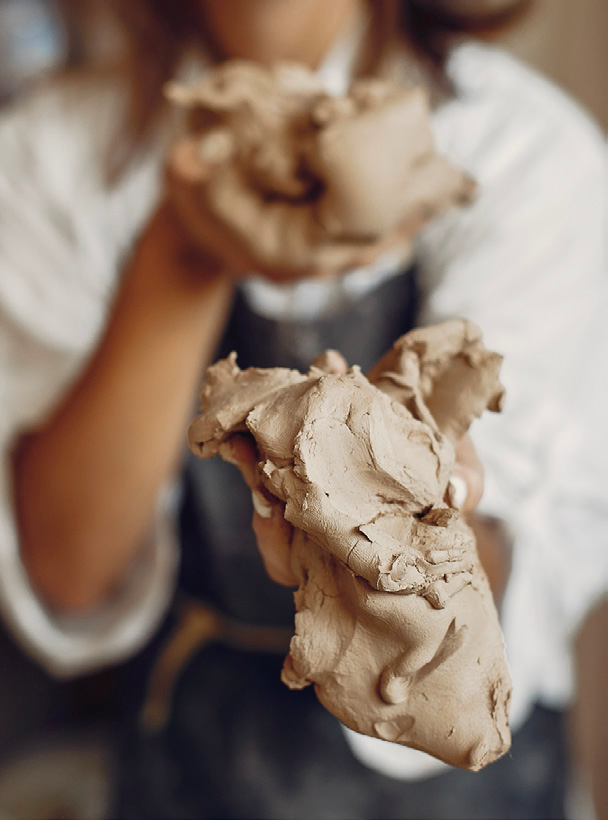
Sculpting tools
Contemporary sculpture is a limitless field. Starting out with the 3D realm, artists may experiment with:
- Clay
- Stone
- Wood
- Plaster
- Resin
- Tools like chisels, hammers, rasps, files, and other woodworking equipment.
But sculpture can also incorporate found objects, textiles, rubber, and any other material you can manipulate to create a new object or arrangement of objects. Many artists also have their sculptural work produced with a fabricator when they need items 3D printed or cast in plastic and other mediums that can’t be manipulated by hand in the studio.
Example: The sculptures of Louise Bourgeois, who uses metal, fabric, and other materials to create visceral pieces.

Digital tools
Digital technology allows artists to manipulate their hand-made work or create work from start to finish on the computer. Digital programs allow artists to produce images, illustrations, videos, renderings, and more, such as:
- Adobe Photoshop, Illustrator, Lightroom, Premiere and InDesign
- DaVinci Resolve
- Sketchbook and Procreate
- Google SketchUp
Many of these programs are available on the computer or your tablet, where you can draw directly in them to create a vector file. Digital tools allow you to use grids, create perfect lines, repeat components, and export your files for versatile print purposes.
Example: The paintings and print works of Japanese artist Takashi Murakami, such as Eye Love Superflat (Black).
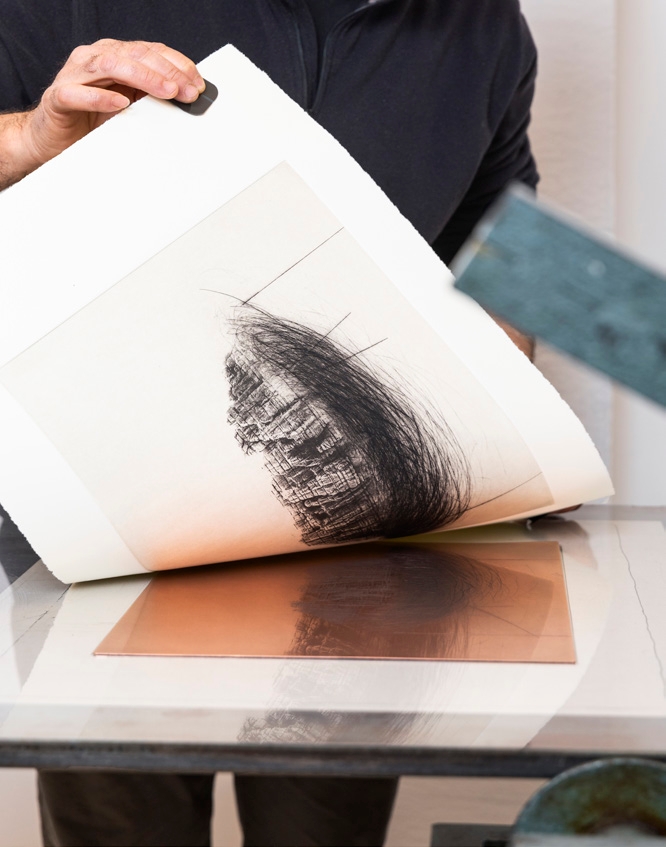
Printmaking techniques
Printmaking often requires substantial tools and facilities, and traditional printmaking techniques include:
- Woodcut & linocut (these can be done without many facilities, just carving tools)
- Etching
- Engraving
- Silkscreen
- Lithography
There are also digital printing processes available to transfer images or text to fabric, paper, or various surfaces. Printmaking allows artists to create multiples of any image, either for mass distribution, or to find the final perfect outcome, as each print will turn out with slight variations.
Example: Andy Warhol’s famous portraits, including his Marilyn Monroe prints were all silkscreen which is how he achieved repetition.
Mixed media techniques
Using any of the mediums above in combination will allow artists to create mixed media work, such as collages, assemblages, or installations. These works can take on any form and use any material, even those as ephemeral as sound, light, and space.
Example: Think Yayoi Kusama’s famous Infinity Mirrored Room which mixes light, mirrors, and space to create an all-encompassing experience.
Photography techniques
Photographers can employ various techniques, tools, and cameras to achieve a wide range of visual effects. They can manipulate light, setting, exposure time, and experiment with digital and film printing, while capturing candid or staged moments.
Example: Consider the work of Wolfgang Tillmans or Cindy Sherman and the different effects they are able to create through photography.
